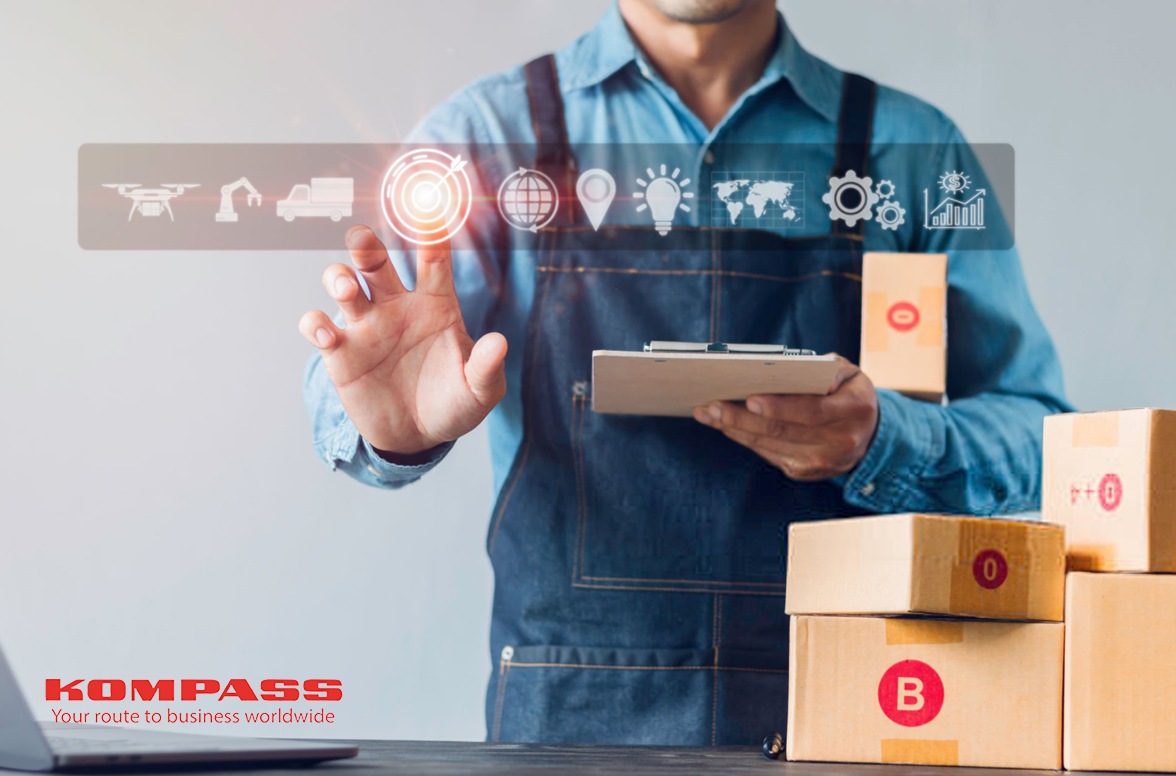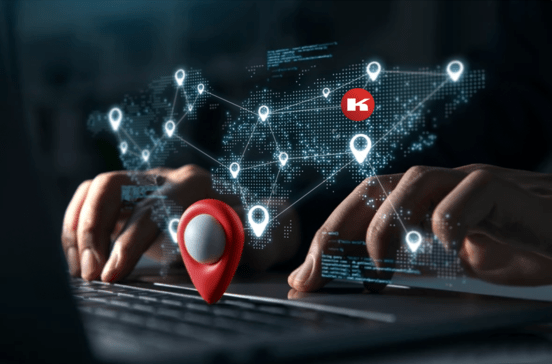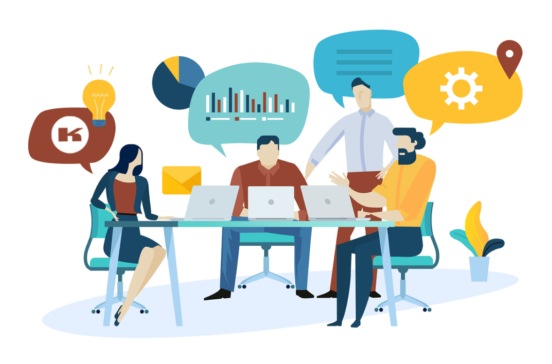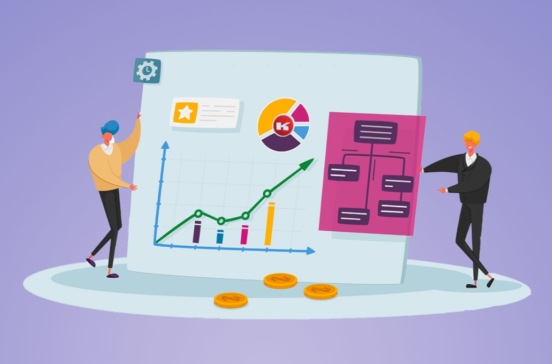The transportation sector and related logistics are experiencing continuous growth and evolution in their approaches and procedures. These changes are taking place at an unprecedented pace, primarily due to the crisis caused by the 2020 pandemic.
Today, the concept of digital transformation is coming to the forefront in the business world. This concept involves the strategic integration of technology into various areas of business processes with the primary goal of improving their performance.
When we apply this idea to the transport and logistics sector, we mean the implementation of technologies aimed at optimizing key processes, such as optimizing physical flow logistics, optimizing data exchange, finding new partners, digitizing document management, transporting, servicing and storing goods.
Digitalization has become an unstoppable trend that encompasses all areas of business and is expected to continue its development in the coming decades. According to reports from leading international consulting firms, digitalization has increased significantly in areas such as marketing, product and service development, but its penetration in supply chains has not yet reached the same level. According to Accenture‘s latest survey, the digitalization process in the industry appears to be quite fragile, with ¾ of respondents believing that the industry is lagging behind in its digital maturity.
Understanding that digitalization is a critical component to not being left behind in today’s competitive marketplace is becoming increasingly clear.
Trends in the digital transformation of the transportation and logistics sector
1. Customer at the center of attention
Digital transformation is undoubtedly focused on improving the customer experience. The customer is the central axis and therefore technology is being used to improve their experience. With the help of various tools, patterns can be learned, the customer can be personalized to increase their loyalty, and their requirements can be tailored.
2. Digital transformation of infrastructures
Infrastructure can also be digitized. Facilities such as warehouses, airports and train stations are increasingly being modernized to make them easier to manage. Technologies such as the Internet of Things and Big Data play a special role in creating smart infrastructures to serve customers and employees.
Digital technologies driving transport and logistics transformation
The global market for Digital Transformation Spending in logistics is projected to reach a size of US$108.8 Billion by 2030.
Proper implementation of the latest digital technologies quickly brings positive results to businesses. Let’s take a closer look at how digital solutions can accelerate business processes.
1. Digital solutions for building a customer database
An up-to-date and regularly updated customer database is the key to the success of any company. How to create such a database without excessive time and financial costs? Digital services specially developed to create a database of potential customers for specific criteria come to the rescue.
For example, with Kompass EasyList you can easily generate marketing lists of prospects using various search filters: location, products and services, annual turnover, number of employees, email availability, etc.). The whole process – from selecting filters to paying for the generated file – will take just a few minutes.
2. IOT
The Internet of Things (IoT) has burst into transportation and logistics with impressive force, enabling real-time tracking of vehicles and warehouse goods.
3. Big Data
Transportation companies can use advanced algorithms to plan routes and optimize delivery chains.
Logistics also benefits by analyzing data to forecast demand and adjust inventory levels accordingly.
4. Artificial Intelligence
In transportation, AI is used for fleet management, route planning and real-time decision making.
In logistics, AI helps optimize warehouse operations with autonomous robots that can move various loads and goods efficiently.
Stages of digital transformation
Revolution or evolution? Like all sectors of the economy, the transportation and logistics sector cannot but embrace the challenges of the digital age. What is the plan of action?
The world of logistics is constantly evolving, with revolutionary technologies on the horizon that promise to take the sector to the next level.
However, to fully exploit the potential of these innovations, the first important step is to automate and digitalize all operational and administrative processes associated with transportation and logistics companies, including online prospecting, analytics, fleet management, and accounting.
The next stage, as the company gains experience in implementing digital technologies, will be the transformation of existing business models.
Stages 3 and 4 involve giving a modern look to the company services (branding transformation) and cultural transformation, when the very way of the company vision changes to better adapt to new market realities.
Currently, most companies in the transportation and logistics sector are in the first two stages of digital transformation of processes and business models. To effectively move through these stages, companies should apply a wide range of technological innovations. These technologies include digitalization of prospecting (e.g., finding importers and/or importers in a specific country using EasyList), cloud-based systems for inventory management, GPS tracking of shipments, blockchain to increase data privacy and transparency, predictive analytics for demand forecasting, and more.
Conclusion
Digital technologies are enabling automation of business operations at different levels. For example, the adoption of robotics and IoT helps companies optimize product storage and delivery. Meanwhile, artificial intelligence and blockchain can provide precise automated performance of routine operations related to data management. Moving prospecting and lead generation processes to the online dimension (e.g., generating prospect lists for any country or industry in a few clicks using EasyList) can help maximize the speed of tasks to update and enrich the customer database. When all processes are well aligned, businesses can improve their operational efficiency, speed up product delivery and therefore provide better customer service.
Sustainability and efficiency are the main drivers of this revolution, and these trends are expected to continue to reshape these industries in the coming years. For those companies that want to maintain their competitive advantage in the market, it is only evident to think about the next steps in their digital transformation. Therefore, they should think ahead about how to upgrade their existing digital infrastructure, digitize routine business processes (starting with finding new customers and suppliers) and where to find experts to help them make these changes easier and smoother.












Comentarios
No Comments